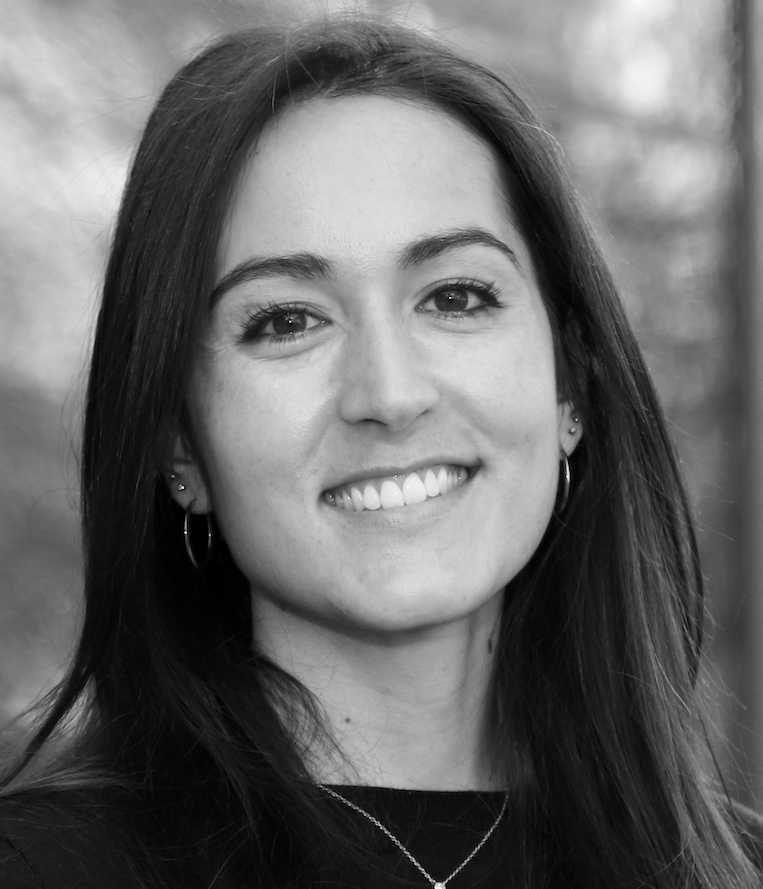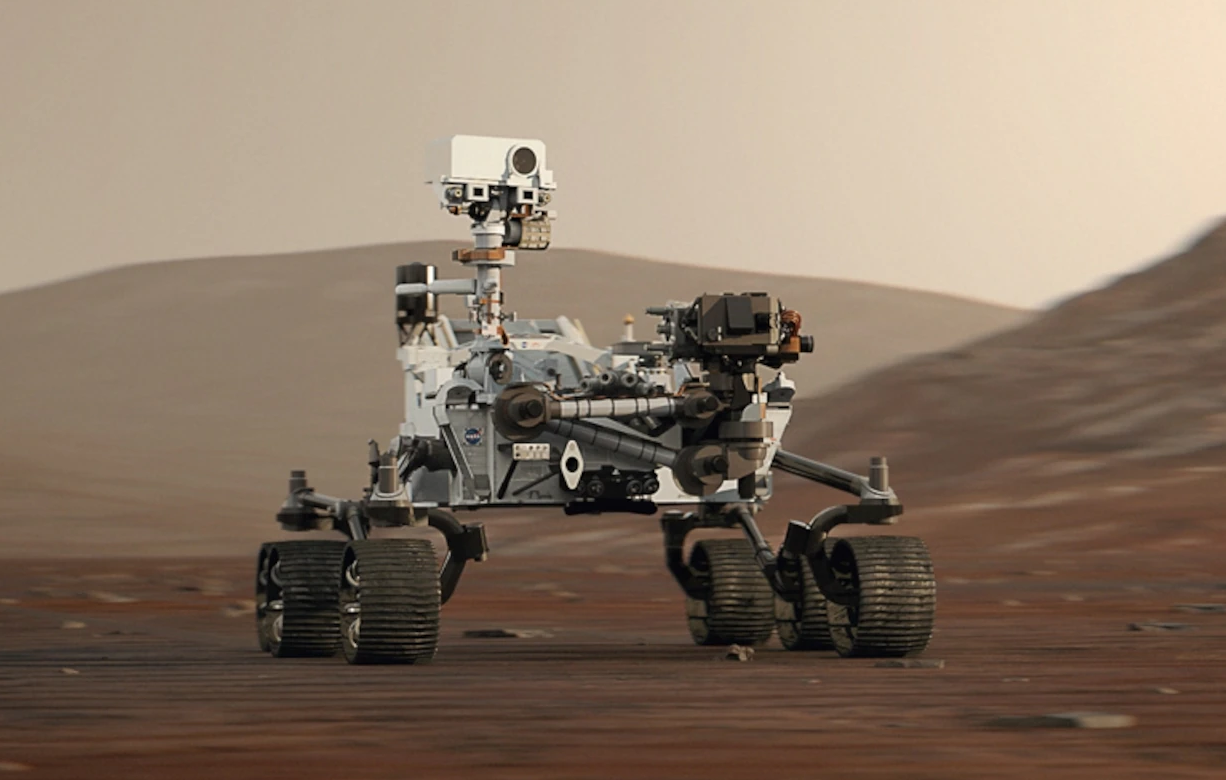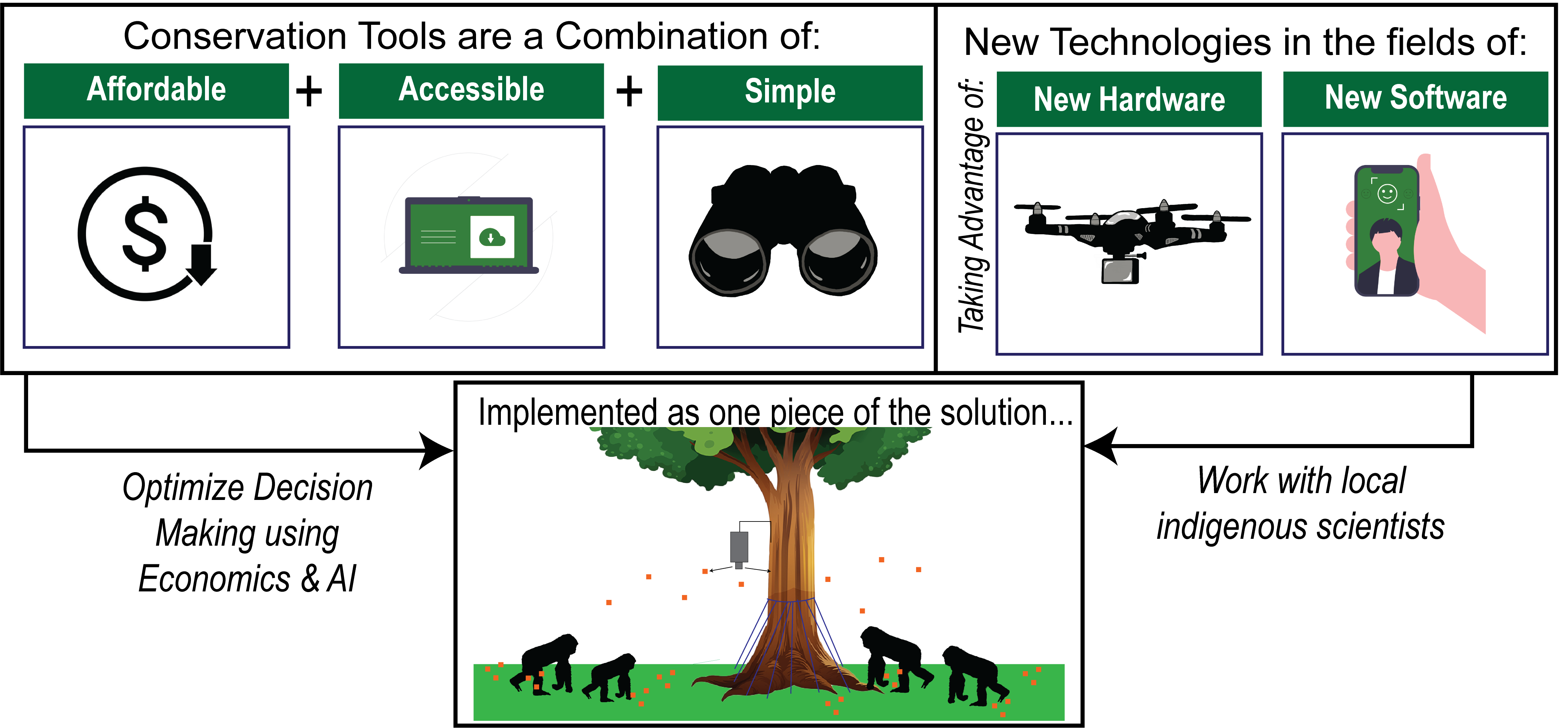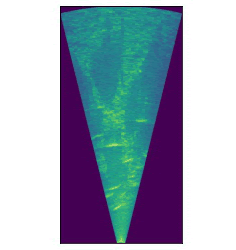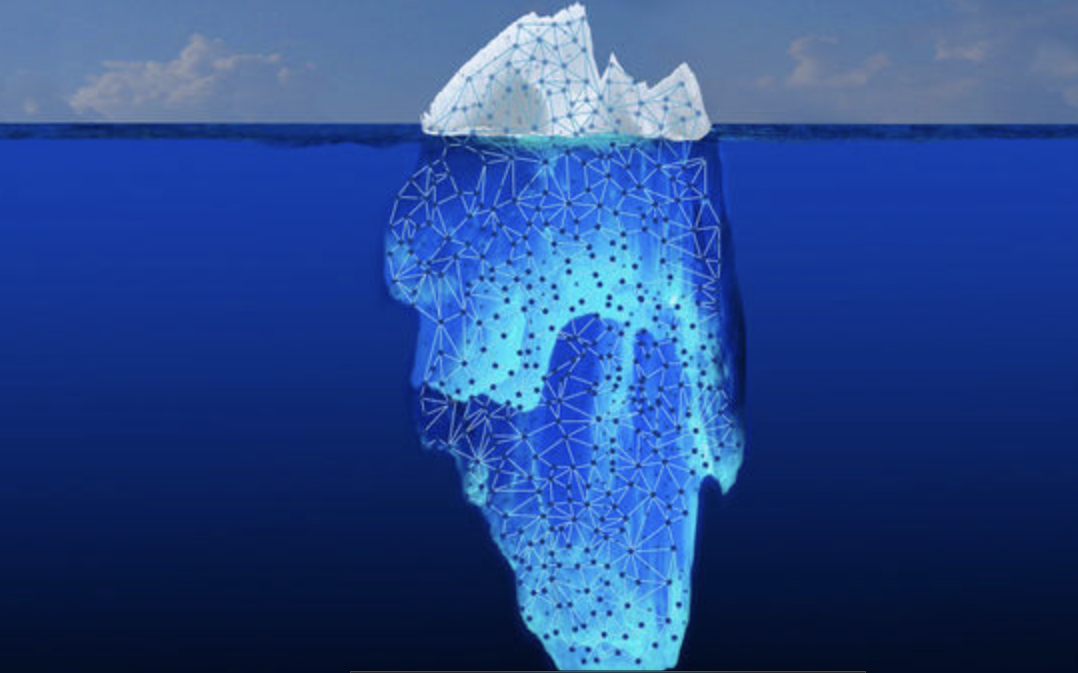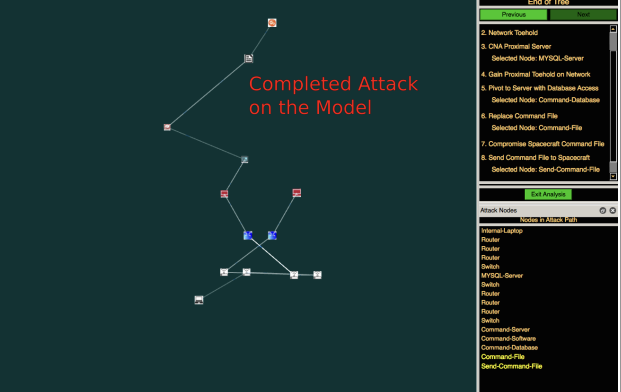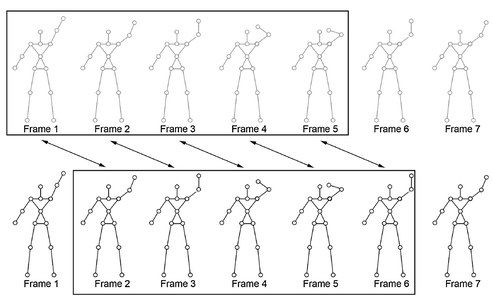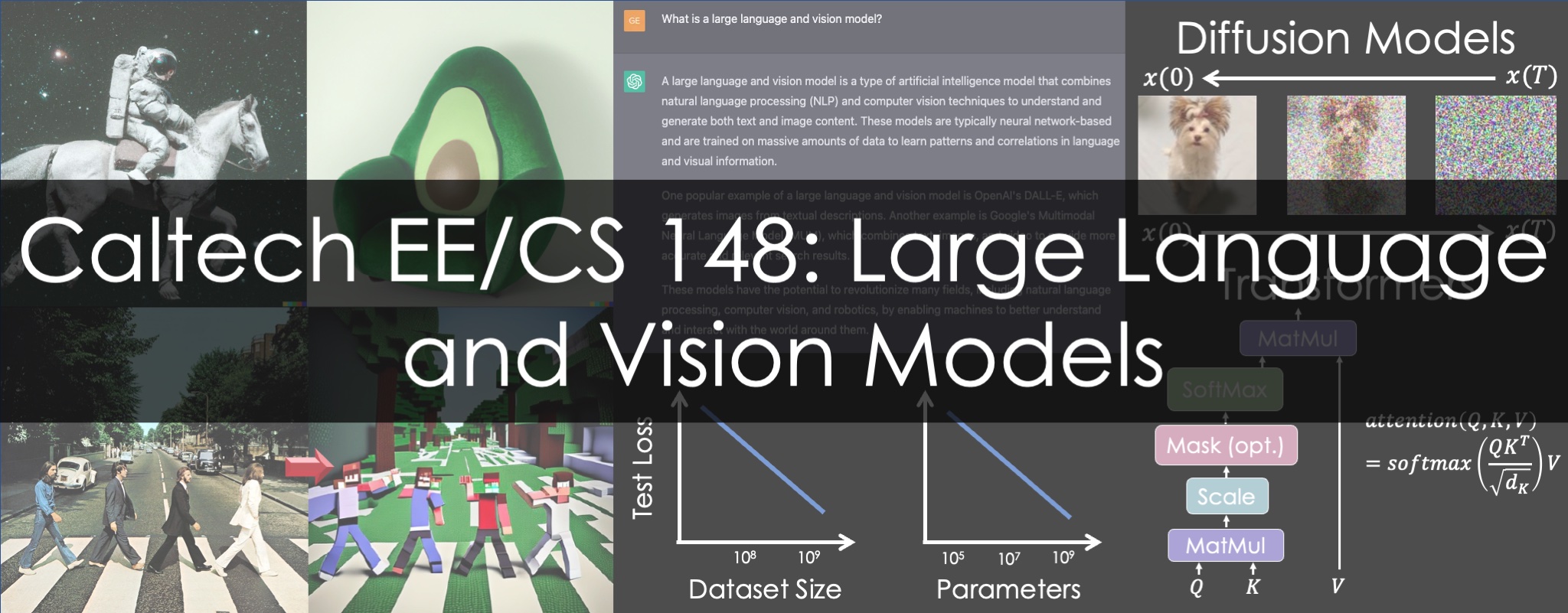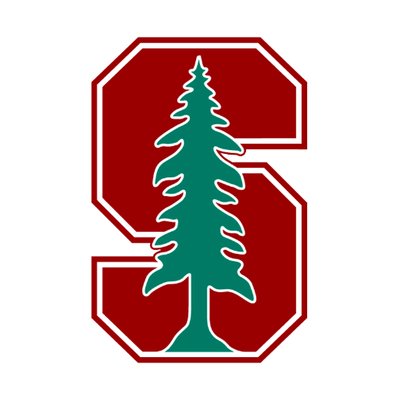Hi! I'm a PhD student in Computing and Mathematical Sciences at Caltech, advised by
Pietro Perona. Driven by a passion for ecology and
a curiosity for CVML, I aim to advance self-supervised and unsupervised methods in low-SNR video and audio data.
My research involves developing robust computer vision methods applicable to biodiversity and
environmental monitoring across data modalities. I aim to ensure that my research is adaptable
to new environments with limited resources, while dealing with challenges such as domain shifts,
noisy data, and long-tailed distributions, inherent in all fine-grained problems.
Previously, I worked as a C++ developer at Amazon Music and a C++/python developer at NASA's Jet Propulsion Laboratory.
I have always been drawn to work that has broad scientific, societal, and environmental impacts.
In line with my personal beliefs, I firmly uphold that the fields of Science, Technology, Engineering,
and Mathematics (STEM) should be universally accessible, irrespective of one's background,
gender, race, nationality, sex, age, or religion. My experience as a History major and a nontraditional
graduate student have taught me lifelong skills and shaped my perspectives. I value the synergy of
interdisciplinary perspectives and understand the significant impact that precise computational techniques
can have on the world around us.

